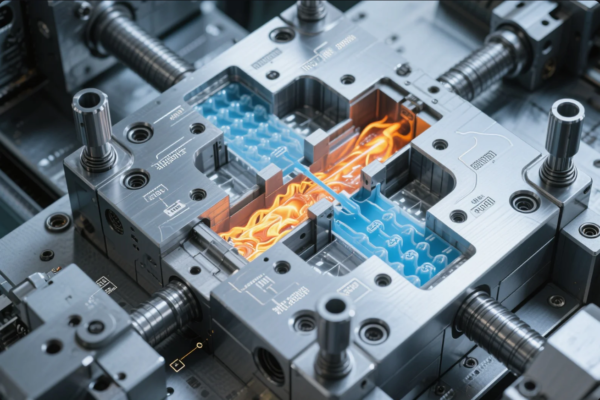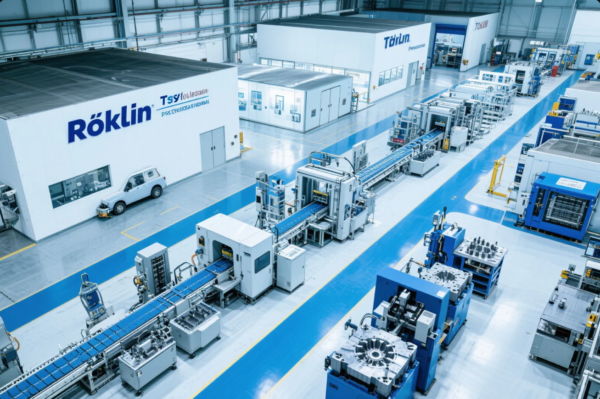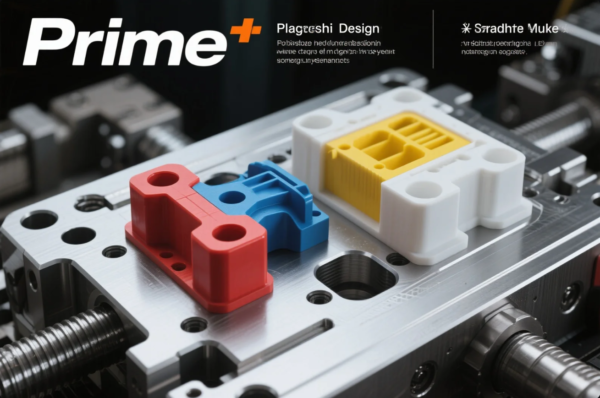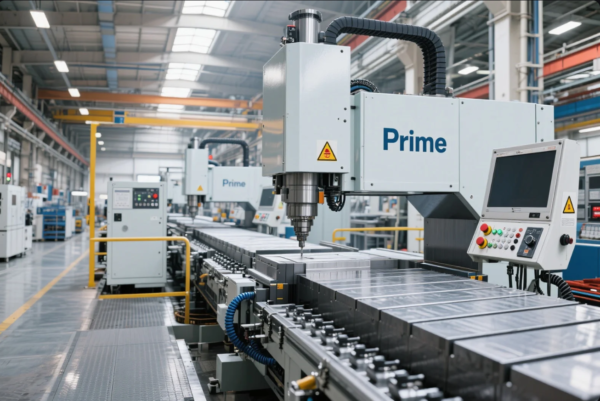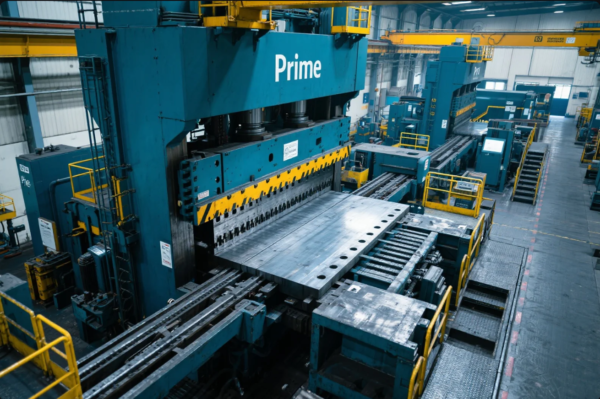What Is Better Than CNC? Understanding Modern Manufacturing Alternatives

Leading paragraph: Facing production limitations with CNC? Discover advanced technologies that outperform traditional machining for specific applications.
Snippet paragraph: While CNC remains vital for precision metalwork, emerging technologies like 3D printing (SLS/DMLS), laser cutting, and EDM often provide better solutions for complex geometries and specialized materials.
Transition paragraph: Let's examine when alternative methods deliver superior results.
What Is Alternative for CNC?
Leading paragraph: When conventional machining falls short, these technologies fill critical manufacturing gaps.
Snippet paragraph: Prime offers seven alternatives to standard CNC: laser cutting (<0.1mm thickness), waterjet (any material), EDM (hardened metals), SLS (complex internals), ultrasonic (brittle materials), additive (lightweighting), and hybrid systems combining multiple advantages.
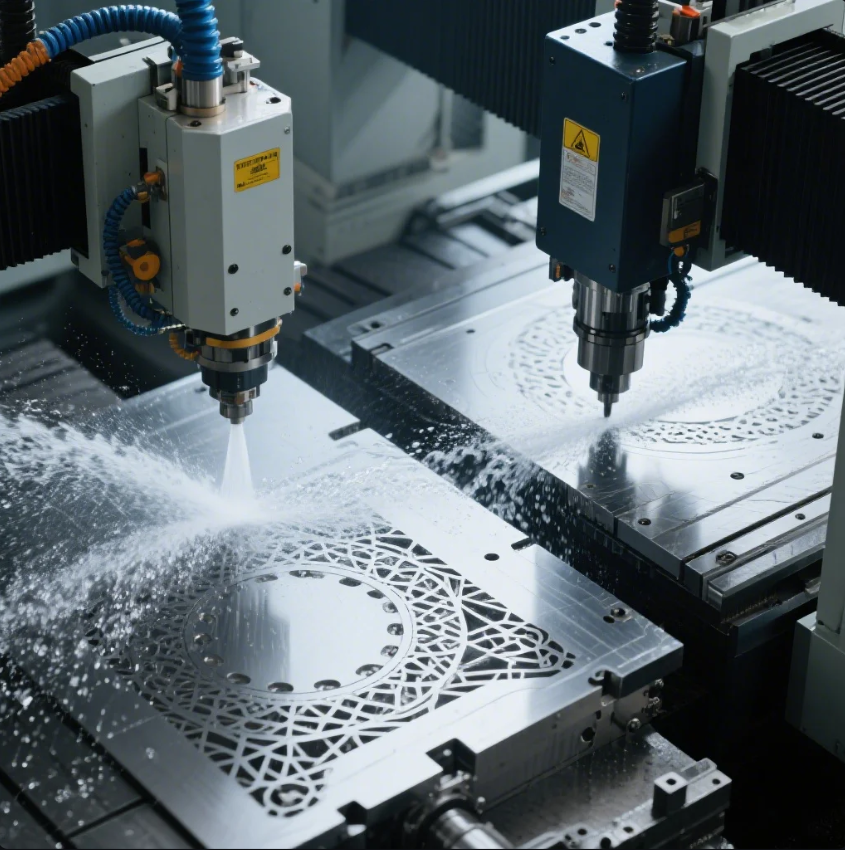
Dive-Deeper paragraph:
Technology Selection Guide
Decision Factors for Alternative Processes
| Parameter | CNC Limitation | Better Alternative | Advantage |
|---|---|---|---|
| Material Hardness >55HRC | Tool wear | EDM | No contact cutting |
| Wall Thickness <0.5mm | Chatter | Laser | No mechanical force |
| Internal Channels | Limited access | SLS 3D Printing | No toolpath restrictions |
| Composite Layers | Delamination | Ultrasonic | Vibration bonding |
| Part Consolidation | Assembly needed | DMLS | Single-piece construction |
Prime's Equipment Matrix
For Prototyping:
- SLS Nylon: $8/cm³
- DMLS Metal: $15/cm³
- Micro CNC: $45/hour
For Production:
- 5-Axis CNC: $85/hour
- Waterjet: $120/hour
- Laser Tube Cutting: $65/hour
Is a CNC or Laser Better?
Leading paragraph: The cutting technology debate depends on your material, precision, and budget needs.
Snippet paragraph: Lasers outperform CNC for thin materials (<6mm) with ±0.05mm precision and 10x faster cutting, while CNC maintains superiority for thick parts (>25mm) requiring dimensional tolerances below 0.01mm.
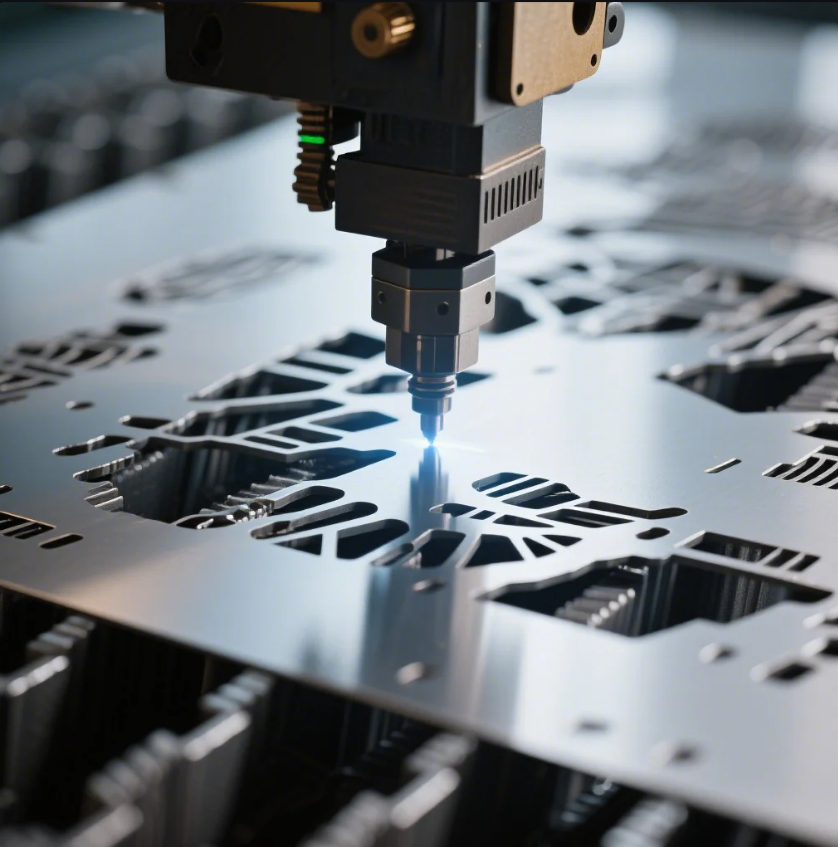
Dive-Deeper paragraph:
Head-to-Head Comparison
Cut Quality Analysis
| Feature | CNC Router | Fiber Laser |
|---|---|---|
| Kerf Width | 1-3mm | 0.1-0.3mm |
| Heat Affected Zone | Minimal | 0.2-0.8mm |
| Edge Finish | Ra 3.2μm | Ra 1.6μm |
| Angular Accuracy | ±0.1° | ±0.05° |
When to Choose Each:
Laser Wins When:
- Cutting thin stainless (0.5-4mm)
- Complex 2D profiles
- No secondary finishing desired
CNC Wins When:
- Aluminum >8mm thickness
- 3D contour machining
- Structural component needs
What Is the Difference Between CNC and SLS?
Leading paragraph: Traditional subtraction vs modern addition - these technologies complement rather than compete.
Snippet paragraph: CNC removes material from solid blocks (ideal for metals), while SLS 3D printing builds parts layer-by-layer (superior for complex plastics), with Prime offering both for complete manufacturing solutions.
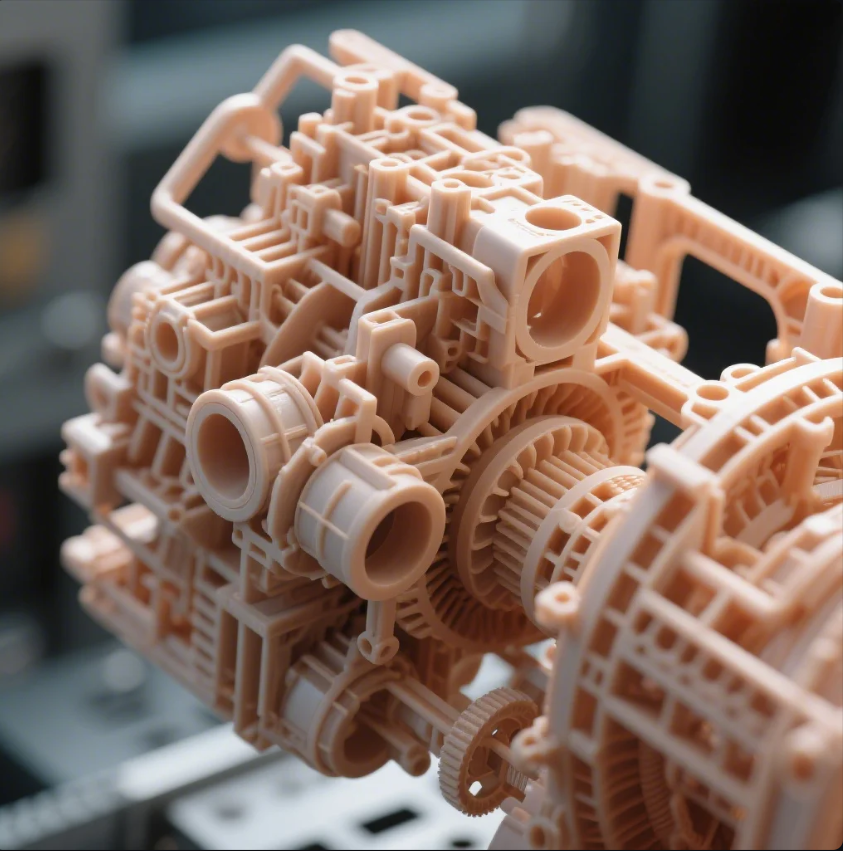
Dive-Deeper paragraph:
Technology Cross-Over Points
Economic Batch Size Thresholds
| Part Complexity | SLS Advantage Range | CNC Advantage Range |
|---|---|---|
| Simple Geometry | 1-50 units | 51+ units |
| Medium Complex | 1-150 units | 151+ units |
| Highly Complex | 1-300 units | 301+ units |
Material Property Comparison
| Property | CNC Aluminum | SLS Nylon 12 | Notes |
|---|---|---|---|
| Tensile Strength | 310 MPa | 48 MPa | CNC 6.5x stronger |
| Elongation | 8% | 20% | SLS more flexible |
| Thermal Distortion | 180°C | 140°C | CNC handles heat |
| Density | 2.7 g/cm³ | 1.01 g/cm³ | SLS 63% lighter |
Is CNC Machining the Future?
Leading paragraph: Despite new technologies, CNC maintains critical advantages that ensure its ongoing relevance.
Snippet paragraph: CNC will remain fundamental for high-volume precision parts through 2040, with 68% of manufacturers planning hybrid CNC/additive cells, exactly like Prime's Industry 4.0 configured workshops.
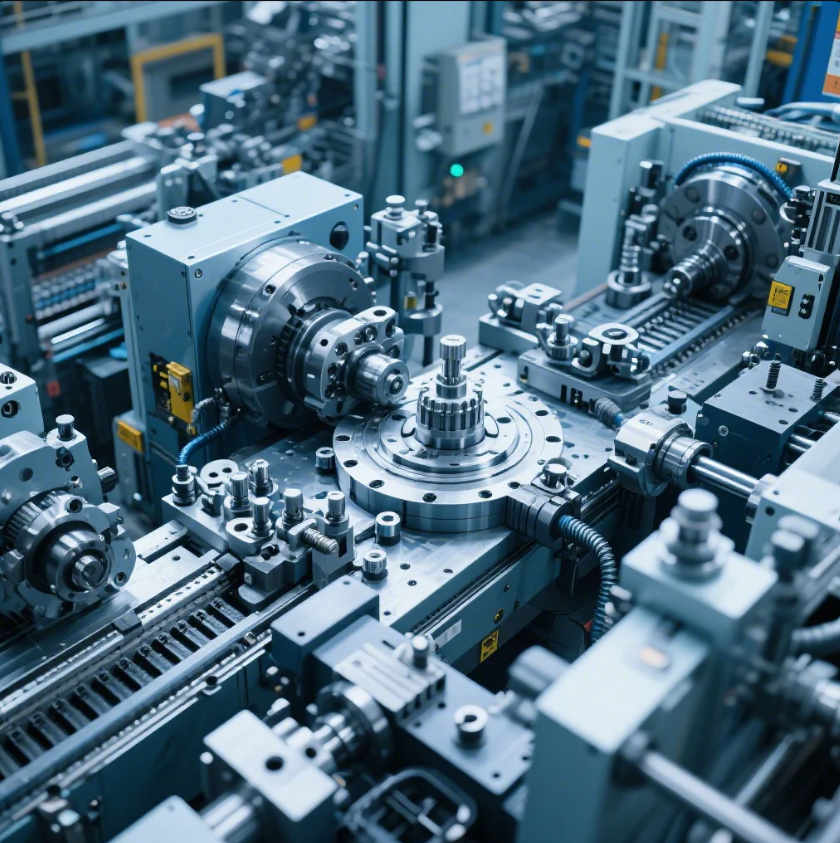
Dive-Deeper paragraph:
The Future Manufacturing Ecosystem
Emerging CNC Advancements
1. Smart Machining (IoT Connected)
- Real-time tool wear monitoring
- Predictive maintenance alerts
- Adaptive cutting parameters
| 2. AI-Assisted Programming | Current Method | AI-Enhanced Version | Time Reduction |
|---|---|---|---|
| Manual CAM | Generative Toolpaths | 75% | |
| Trial Cuts | Virtual Machining | Eliminated | |
| QC Inspection | Computer Vision | 90% |
3. Sustainable CNC
- 30% energy reduction systems
- Metal recycling capabilities
- Minimum quantity lubrication
Conclusion
No single technology dominates - success lies in strategically combining CNC with its alternatives.
Let Prime Be Your Manufacturing Guide: Our engineers will:
- Recommend optimal processes for your parts
- Provide cost comparisons across technologies
- Deliver certified components through any method
[Request a free technology assessment] today to discover the best manufacturing approach for your specific requirements.
SEO Keywords:
- "CNC vs laser cutting precision comparison"
- "SLS 3D printing vs machining costs"
- "hybrid manufacturing future trends"
- "high-volume precision CNC services"
- "complex part manufacturing solutions"

